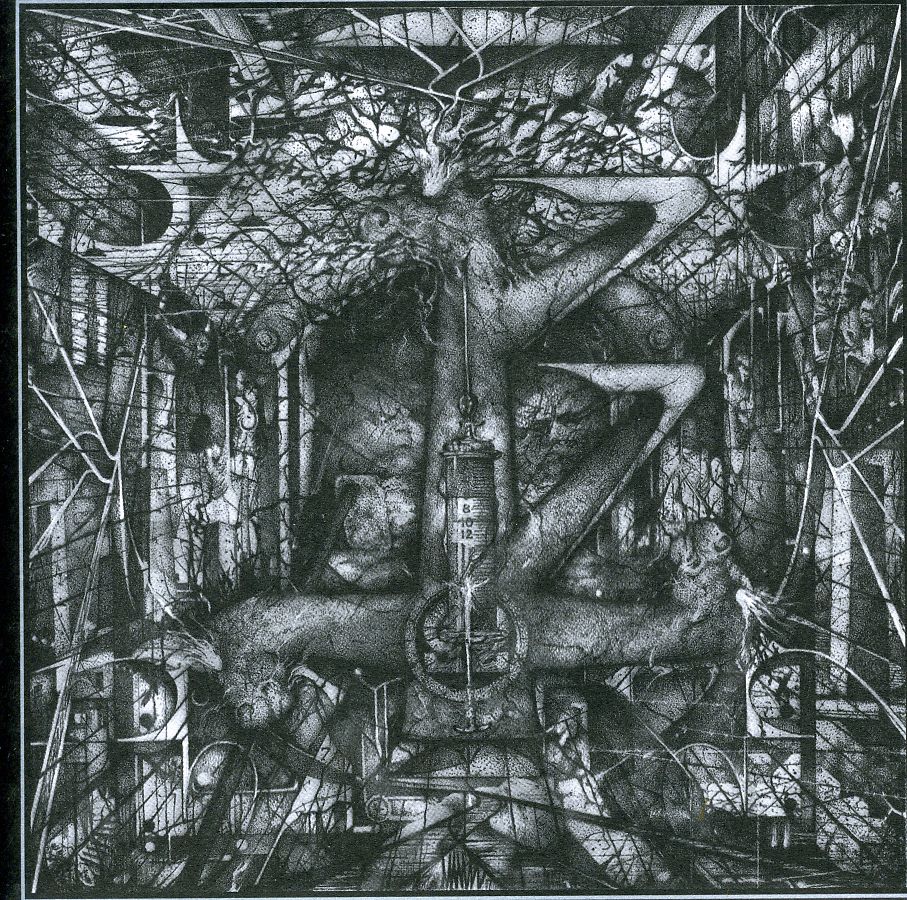
description
4Ernest Hemingway's classic memoir and travelogue of his 1933 safari across the Serengeti with his wife and the hard-won wisdom gained from his travel. His second major venture into nonfiction (after Death in the Afternoon, 1932), Green Hills of Africa is Ernest Hemingway's lyrical journal of a month on safari in the great game country of East Africa, where he and his wife Pauline journeyed in December of 1933. Hemingway's well-known interest in--and fascination with--big-game hunting is magnificently captured in this evocative account of his trip. In examining the poetic grace of the chase, and the ferocity of the kill, Hemingway also looks inward, seeking to explain the lure of the hunt and the primal undercurrent that comes alive on the plains of Africa. Yet, Green Hills of Africa is also an impassioned portrait of the glory of the African landscape, and of the beauty of a wilderness that was, even then, being threatened by the incursions of man. Hemingway's rich description of the beauty and strangeness of the land and his passion for the sport of hunting combine to give Green Hills of Africa the freshness and immediacy of a deeply felt personal experience that is the hallmark of the greatest travel writing.
member goods
No member items were found under this heading.
Return Policy
All sales are final
Shipping
No special shipping considerations available.
Shipping fees determined at checkout.







